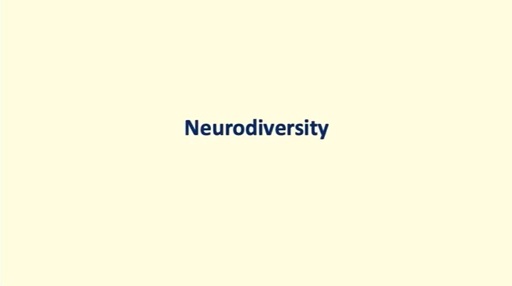2 Neurodiversity
The term ‘neurodiversity’ describes the variation in neurological and cognitive function among people. Everyone’s brain is unique, and we all think, learn and process information differently. However, most people show significant similarities in brain wiring, and they are termed ‘neurotypical’ (they have a typical neurotype). About 1 in 7 people think, learn and process information differently, and they are termed ‘neurodivergent’ (their neurotype diverges markedly from 75% of the global population).
A person in higher education (HE) with undiagnosed dyslexia might excel in reading and spelling, but may struggle with time and attention management. This transition to independent learning and living away from home can be particularly challenging for dyslexic individuals (McLoughlin, 2013, p. 163).
Did you know?
The concept of neurodiversity was coined by Australian sociologist Judy Singer in the 1990s to promote equality and inclusion for neurological minorities. Around 15-20% of the global population is considered neurodivergent (Johns Hopkins University, 2022).
Watch Video 1 for a short visual introduction to the concept of neurodiversity.

Transcript: Video 1 A visual introduction to neurodiversity
Activity 4 Reflecting on neurodiversity
Reflect on how the concept of neurodiversity aligns with or challenges the medical and social models of disability. Consider factors such as societal perceptions, accommodations and the emphasis on ‘fixing’ versus ‘accepting’ that these models promote. How might the concept of neurodiversity influence how society engages with neurodivergent individuals?
